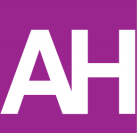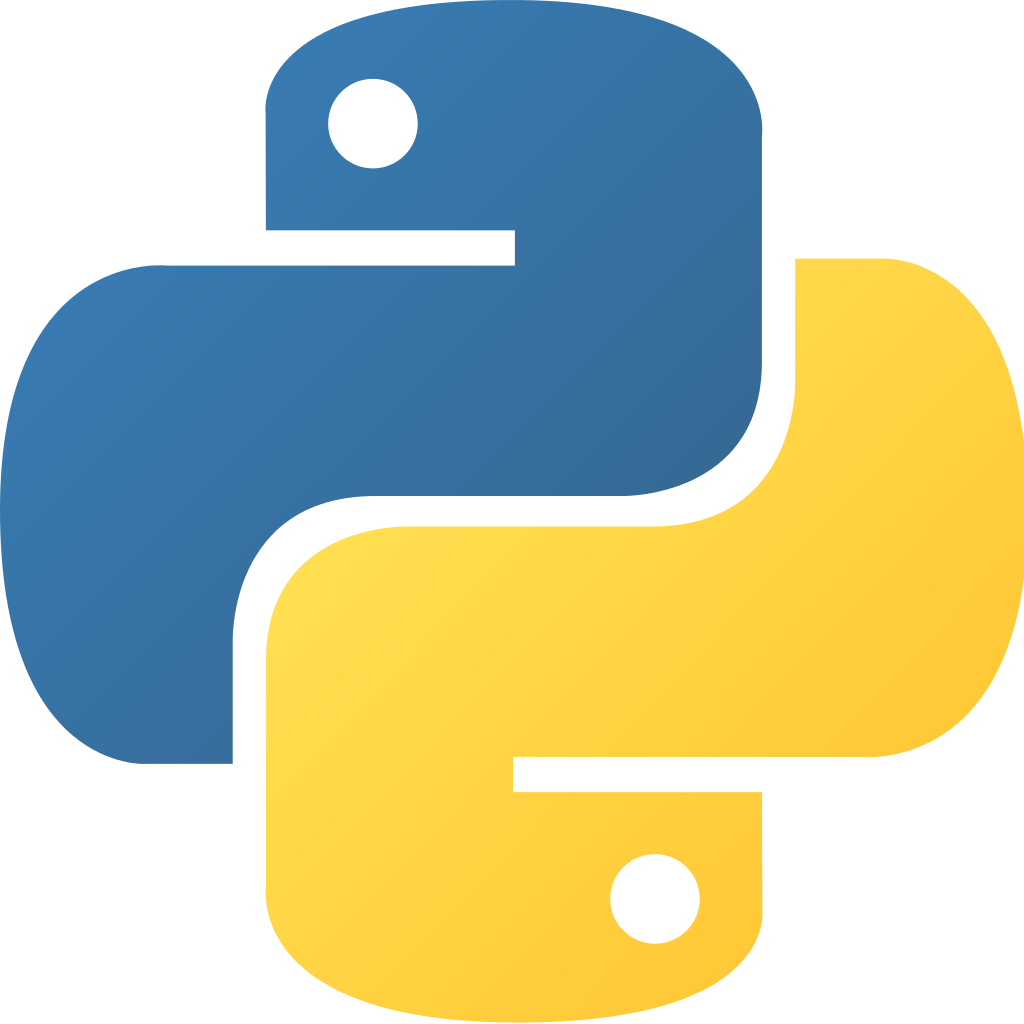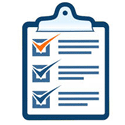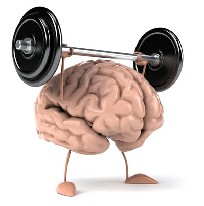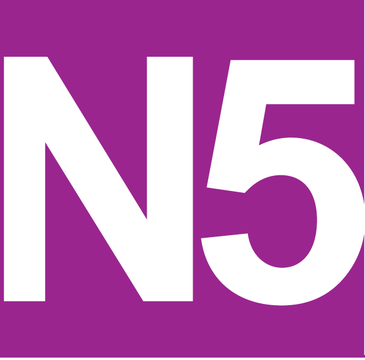I have been asked a few questions by a higher pupil I thought I might share the answers with you.
1.) Can you explain object orientated code ?
http://www.bbc.co.uk/education/guides/z3fgcdm/revision/7
OOC is similar to procedural languages. The main difference is in how the program is organised. While procedural languages tend to have all functions built into the program and keep the contents of the variable separate from the program. A OO language would make use of objects to store the program and data, this object can then be cloned and acted upon separately.
2.) Can you explain 2’s complement to me and how to convert negative number and real numbers into binary ? e.g -120, 0.16 etc..
http://www.bbc.co.uk/education/guides/zsnbr82/revision/3
Two’s complement is a method of storing negative integers in binary. The first digit can the thought of as both sign and magnatude so-128 64 32 16 8 4 2 1
1 0 0 0 0 0 0 1 = -127 as it is -128+1
3.)What are the use of <meta> tags ?
http://www.bbc.co.uk/education/guides/z96psbk/revision/2
Meta tags are used in HTML to describe the contents of the page. For example the name of the author or version of HTML used. They can also be used by search engines to categorise pages.
4.) What are the purpose of tag styles,ID’s and classes ?
http://www.bbc.co.uk/education/guides/z96psbk/revision/2
These are used in CSS to change the appearance of a web page. ID’s and classes are selectors. You might want to memorise something like
p {
text-align: center;
color: red;
}
http://www.w3schools.com/css/css_syntax.asp
5.)Differences between client side and server side scripting ?
http://www.bbc.co.uk/education/guides/ztj2xnb/revision/4
http://www.bbc.co.uk/education/guides/ztj2xnb/revision/5
Client side scripting is when the processing is done on the clients machine, using a language like Javascript. Server side scripting processes the the script on the server, like PHP. A day to day example would be booking a ticket for the cinema, the website would allow the user to enter their details. The Client side scripting would check that the details are valid (date formatted correctly etc.) before passing the data back to the server. The server would then use server side scripting to adjust the contents of the database to store the booking.
